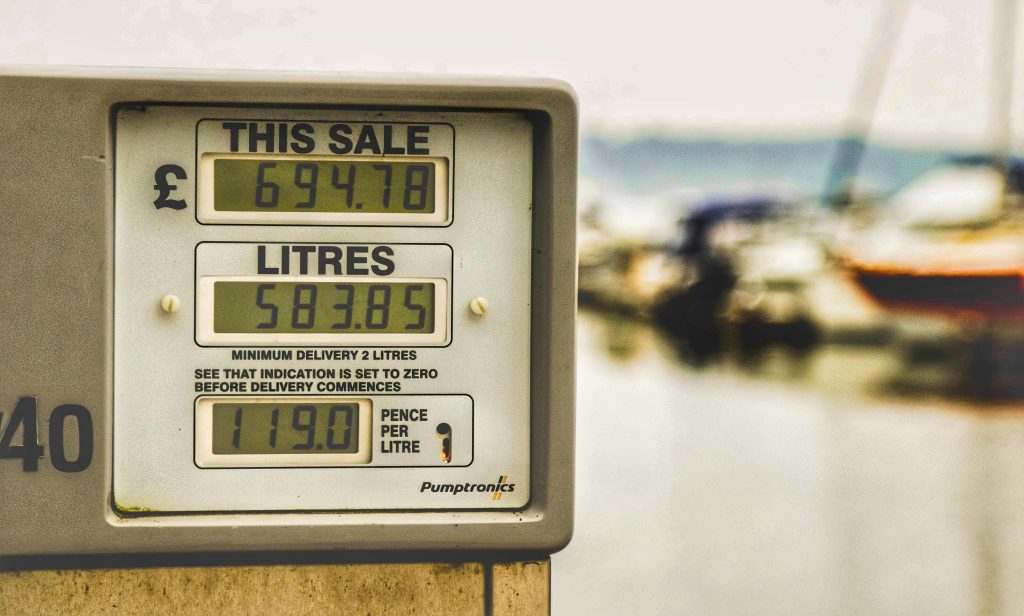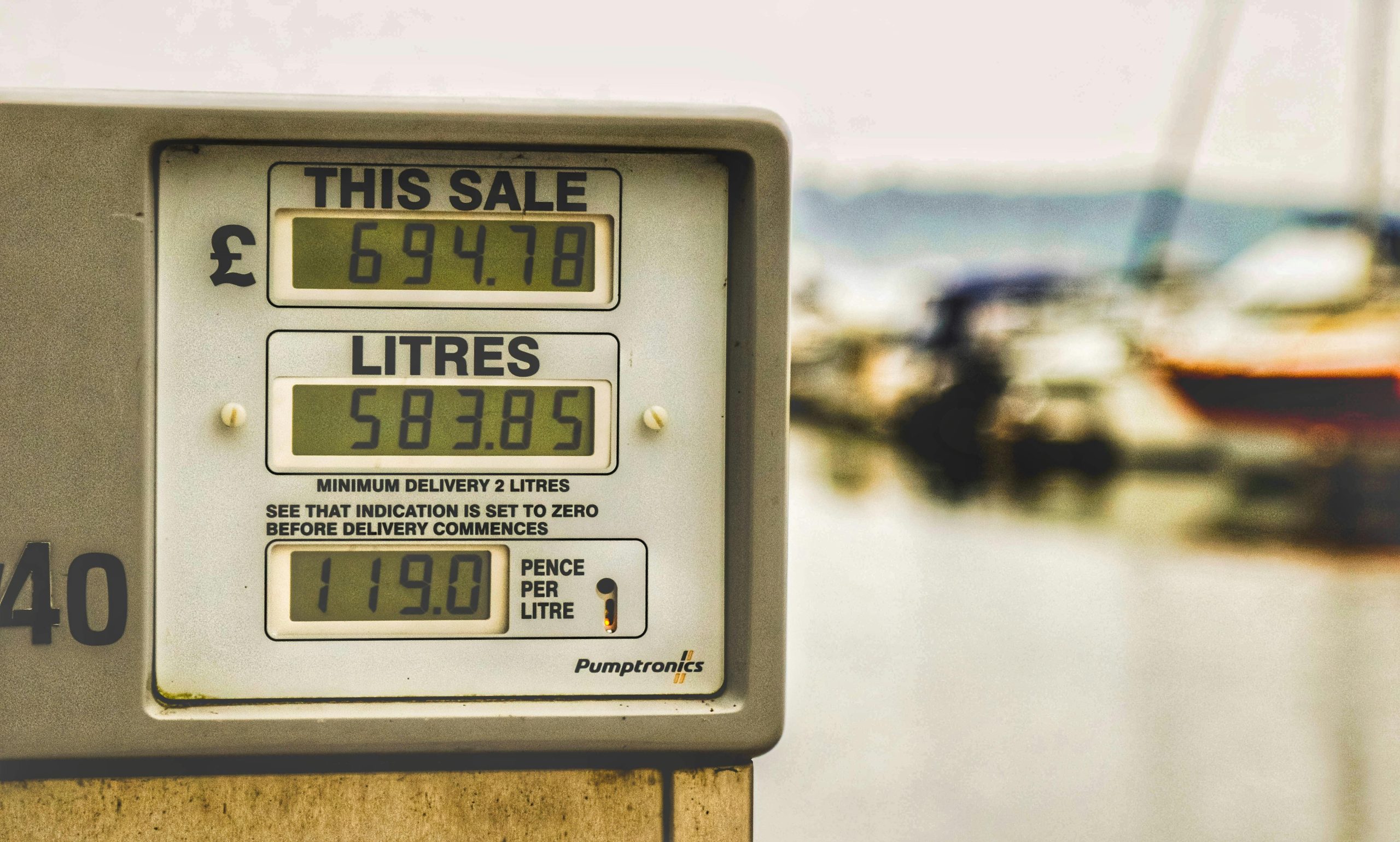The Role of E-Fuels in Decarbonizing Air Travel with Sustainable Aviation Fuel (SAF)
The global push for cleaner energy sources has intensified the search for sustainable alternatives to fossil fuels. Sustainable Aviation Fuel (SAF), particularly the e-fuel variety, is emerging as a promising solution for decarbonizing challenging sectors like aviation. This article explores the potential of e-fuels to revolutionize how we power our planes, trucks, and even cars, and why they are a crucial part of the sustainable aviation fuel landscape.

What are E-Fuels?
E-fuels are synthetic fuels produced using renewable electricity. Unlike traditional fossil fuels, they are created through a carbon-neutral process. This involves capturing carbon dioxide (CO_2) from the atmosphere or industrial processes and combining it with green hydrogen produced from water electrolysis powered by renewable energy sources like wind, solar, or hydro.
The result is a liquid fuel chemically similar to conventional fuels but without the net contribution to greenhouse gas emissions. This makes them a viable “drop-in” fuel for existing infrastructure, a key advantage for industries looking to reduce their carbon footprint without overhauling their fleets.
How E-Fuels Are Produced: The Power-to-Liquid Process
The e-fuel production process, also known as Power-to-Liquid (PtL), involves three key steps:
1. Carbon Capture: CO_2 is captured directly from the air (Direct Air Capture – DAC) or from industrial emissions. This captured CO_2 forms the carbon basis of the e-fuel, ensuring carbon neutrality.
2. Green Hydrogen Production: Water (H_2O) is split into hydrogen (H_2) and oxygen (O_2) using electricity generated from renewable sources. This “green” hydrogen is crucial for the sustainability of e-fuels.
3. Fuel Synthesis: The captured CO_2 and green hydrogen are then synthesized through chemical processes, such as the Fischer-Tropsch process, to create hydrocarbon fuels. These can be further refined into kerosene (for aviation), diesel, or gasoline, all of which are compatible with existing engines.
The Role of E-Fuels in Decarbonizing Transportation
E-fuels offer a practical pathway to decarbonize transportation, especially in sectors where direct electrification faces significant hurdles.
Decarbonizing Aviation: Fully electric aircraft remain challenging for long-haul flights due to battery weight and range limitations. E-fuels, a category of sustainable aviation fuel, offer a near-term solution. They can be used in existing jet engines without requiring significant modifications, enabling airlines to reduce their carbon footprint and meet increasingly stringent environmental regulations.
Decarbonizing Road Transport: While electric vehicles (EVs) are rapidly gaining popularity, e-fuels provide a complementary solution for heavy-duty trucks, long-haul shipping, and the existing fleet of combustion engine vehicles. They offer a way to reduce emissions without requiring immediate replacement of the entire fleet or substantial infrastructure changes.
E-Fuel Benefits and Challenges
When considering any new technology, it’s important to weigh its advantages against its drawbacks. E-fuels are no different.
Benefits of E-Fuels
Carbon Neutrality: E-fuels offer a closed carbon cycle, minimizing net greenhouse gas emissions.
Infrastructure Compatibility: They are “drop-in” fuels, compatible with existing engines, pipelines, and refueling infrastructure.
Energy Storage: E-fuels can store renewable energy for extended periods, addressing intermittency challenges associated with renewable energy sources.
Challenges Facing E-Fuels
Production Costs: Currently, e-fuels are more expensive to produce than fossil fuels, though costs are expected to decrease with technological advancements and economies of scale.
Energy Efficiency: The production process is energy-intensive, impacting overall efficiency.
Scalability: Scaling up production to meet global fuel demand remains a significant challenge.
The Future of E-Fuels
The future of e-fuels hinges on overcoming current challenges. Ongoing research and development efforts focus on:
Cost Reduction: Optimizing production processes and achieving economies of scale are key to making e-fuels cost-competitive.
Increased Adoption: Growing awareness and supportive policies are driving increased adoption across various sectors. For instance, the European Union’s SAF mandates are a key driver.
Technological Advancements: Innovations in carbon capture, electrolysis, and fuel synthesis are continuously improving efficiency and reducing costs, further positioning sustainable aviation fuel as a viable option.
Conclusion: E-Fuels and a Sustainable Future
E-fuels represent a crucial piece of the puzzle in the transition to a sustainable future. While challenges remain, their potential to decarbonize hard-to-electrify sectors like aviation and heavy transport makes them a vital component of a comprehensive clean energy strategy. Continued investment, research, and policy support will be essential to unlock the full potential of e-fuels and pave the way for a cleaner, greener future. To learn more about how different companies are adopting these fuels, read our analysis on Biofuel Companies Leading the Way.






